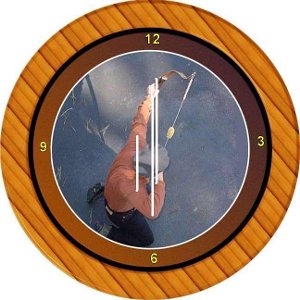Alright, sounds good.
Here is a good unique video of two arrows being shot together in slow motion, the channel has a bunch of good ones, that shows why using spine to adjust POI is not a good idea for best flight and penetration.
One arrow flies pretty well, nock mostly behind the point(ignoring shaft flex oscillations). The other arrow, not so much, it yaws heavily and the tip hits to the right.
The big key to me is both arrows mostly travel the same straight flight path to the target, the out of tune arrow just ends up with a bunch of yaw, pointing the tip off to the side and then the tip hits to the side, while the "arrow's central momentum" is still mostly on that original path to the target. This yaw is what leads to lower efficiency of flight and reduced penetration.
I think, the people who advocate using spine to adjust POI think that the arrow nicely "curves" its trajectory to one side or the other with the nock staying in line with the tip. (I used to think that)It doesn't happen.
Also just in case you think it is just the arrows messing with each other in flight, here is this video, which shows one arrow having the "straight" line of momentum, but with yaw. It even shows that the tip hitting left or right is not even a reliable way of determining correct spine, nor a reliable way to adjust your POI. Because with a fletched arrow, the fletchings "pull" the nock back and start a yaw oscillation and depending on the distance to target the tip could hit left, center, or right.





